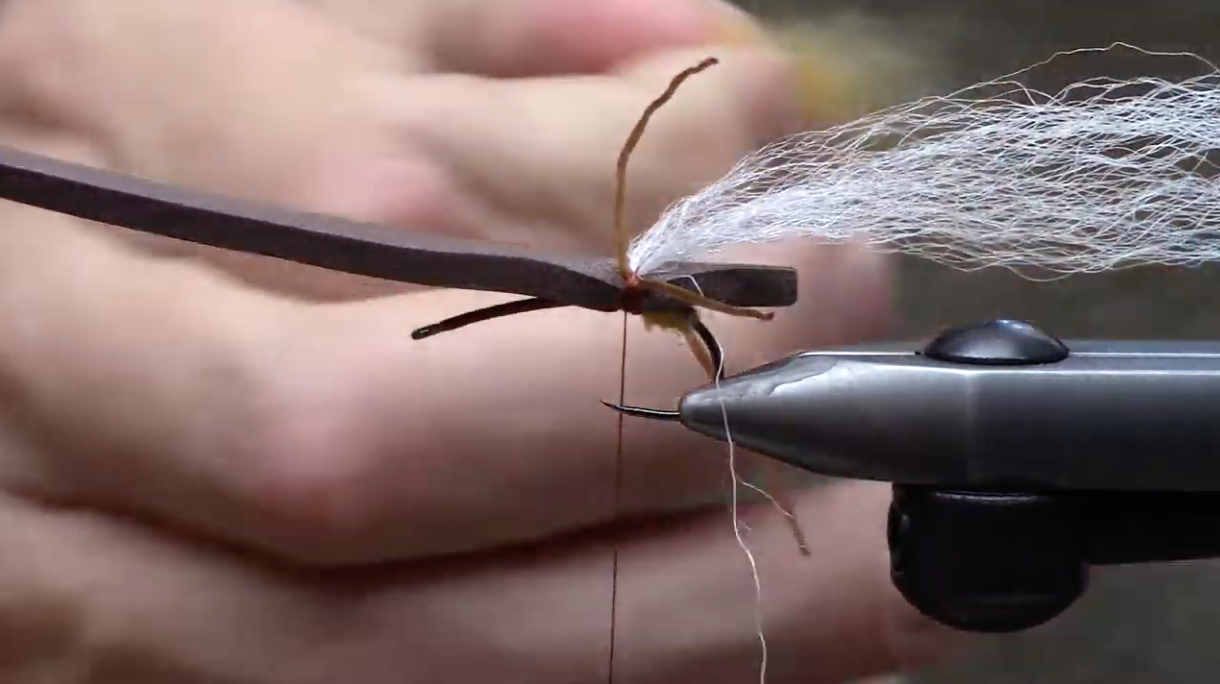There are some flies that, upon first blush, make you wonder aloud as you pick through the offerings at the fly shop, “What was the guy who tied this thing smoking?”
A couple of decades ago, this was certainly the reaction many traditional fly anglers had when foam became an accepted fly tying material, and flies like the Chernobyl and the Fat Albert turned up in fly bins across the country. Even the name “Chernobyl,” for crying out loud …
At the time, I’m sure there were a few anglers who picked up the bug from the fly bin and uttered, “Jeez … too soon.”
But, as has been said, necessity is the mother of invention. I’d submit that big foam attractors like the Chubby Chernobyl, tied by Loon’s Matt Callies below, were brought about not so much as flies meant to imitate anything natural as much as flies meant to suspend a nymph (or two or three) over deep runs and give anglers better odds should one legally blind brown trout decide to rush the dry fly.
That said, how much fun is it when a big trout willingly comes to the top to take a bite of something so gaudy, so big and so incredibly unrealistic? It’s jaw-droppingly fun, that’s how much.
It’s also probably proof that we often give trout credit for being smarter than they really are.
Today, I would wager that just about every fly box, particularly in Western trout country, has at least one Chubby Chernobyl or a giant Fat Albert or some representation of a stonefly/hopper/beetle in their box that they might have spurned altogether in the not too distant past.
On a trip to Patagonia last December, before the pandemic took root and locked us all away for last several months, I noticed that the go-to rig for guides on rivers like the Malleo and the Chimehuin is a giant Chernobyl floating over a sleek Perdigon nymph. For me, the contrast was palpable.
It was also evidence that fly fishing is still about catching fish, and that flies like the Chernobyl help anglers do exactly that.



